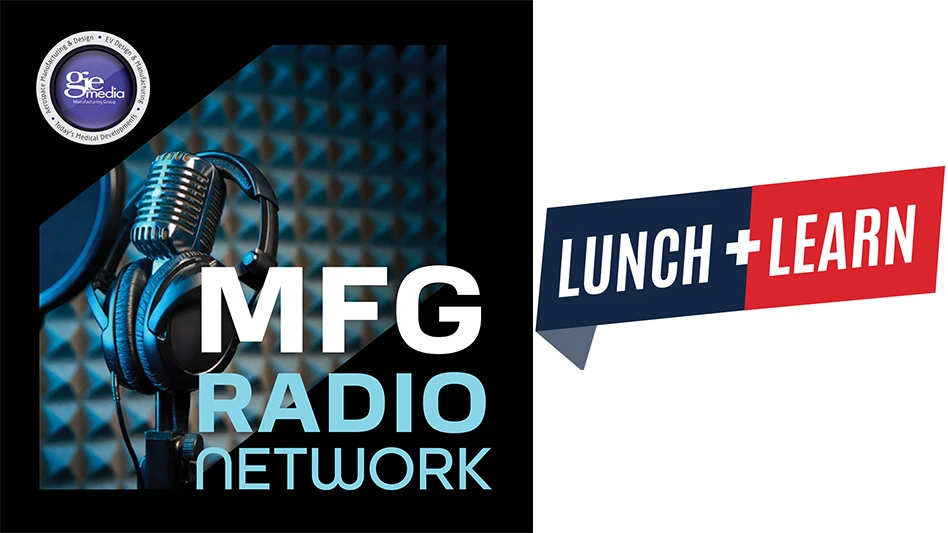
This is a modal window.
Gear profile tolerances and surface finish requirements are becoming more stringent in challenging applications such as automotive (including EV) and aerospace. The latest grinding wheels featuring new bond and wheel matrix technologies improve gear efficiency and life, and noise levels.
Spencer Artz, corporate application engineer at Norton | Saint Gobain, discusses the Next Generation in Continuous Generating Grinding of Aerospace, Ice, and EV Gear.
Continuous generating gear grinding is one of the most demanding grinding applications in the automotive and aerospace industries. To improve gear efficiency, gear life, and noise levels, gear profile tolerances and surface finish requirements are becoming more stringent. This is especially true for EV gears, which typically require lower noise characteristics than traditional automotive gears. These new quality requirements must be maintained without sacrificing cycle time, and without inducing grinding burn. One of the biggest factors to achieving these goals is a grinding wheel capable of producing low grinding force and low grinding temperatures, while minimizing the wear of the grinding wheel. The toughness and sharpness of the abrasive, porosity and strength of the bond, and interaction between the bond and workpiece are key. A new vitrified wheel matrix has been developed specifically for gear grinding which significantly reduces the friction generated between the bond and the workpiece, while maintaining superior form holding at high removal rates. This new bond paired with the newest ceramic abrasive results in an extremely free cutting grinding wheel that exceeds all the requirements necessary to create quiet and long-lasting gears.
Latest from Today's Medical Developments
- STUDER looks back on a solid 2024 financial year
- HANNOVER MESSE 2025: Tailwind for industry
- Find out the latest developments in tool path strategies for machining
- Building, maintaining the Navy’s next generation of maritime platforms
- Pioneering battery-free cardiac implants
- KBC Tools & Machinery marks its 60th anniversary, Founder’s Day
- Address the challenges of machining high-temperature aerospace components
- Elevate your manufacturing operations with April’s Manufacturing Lunch + Learn







